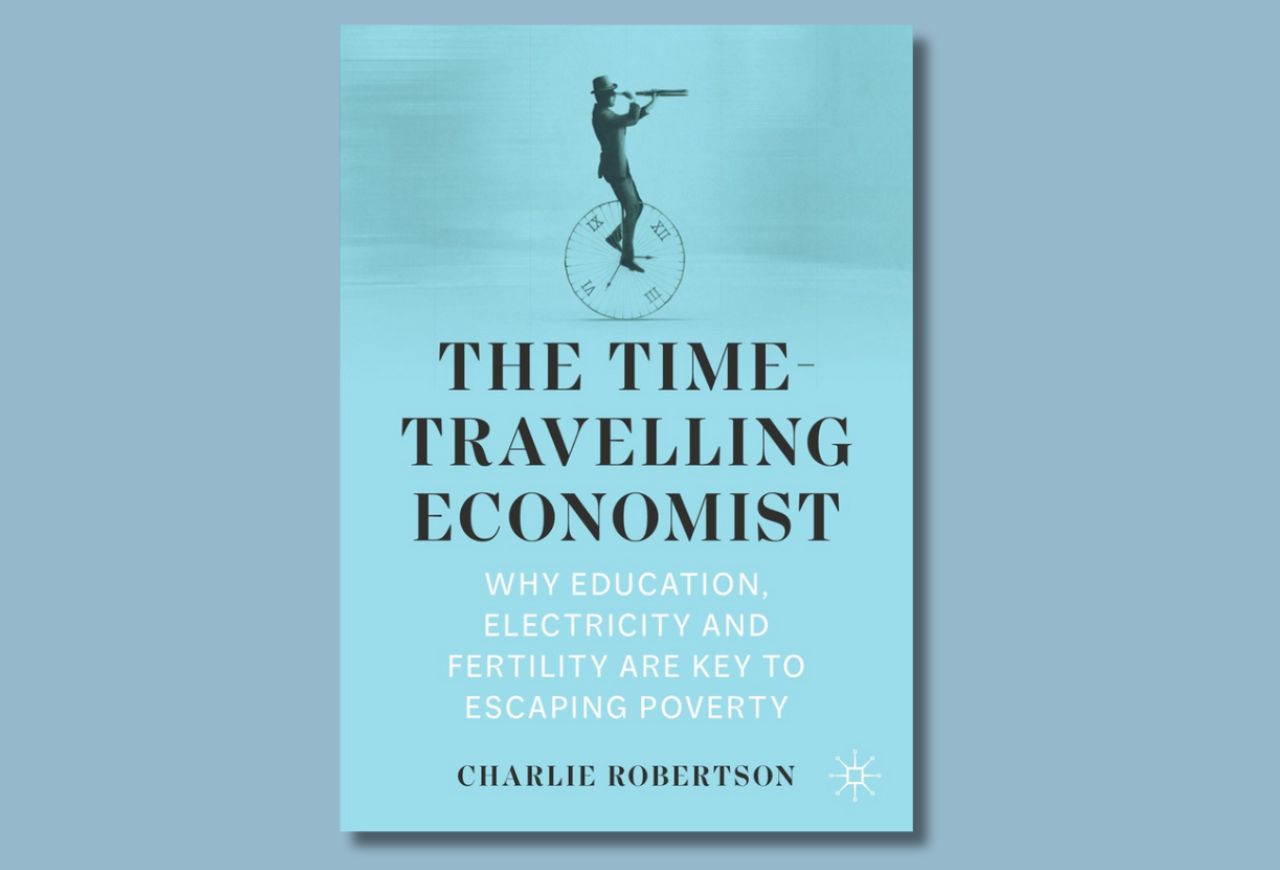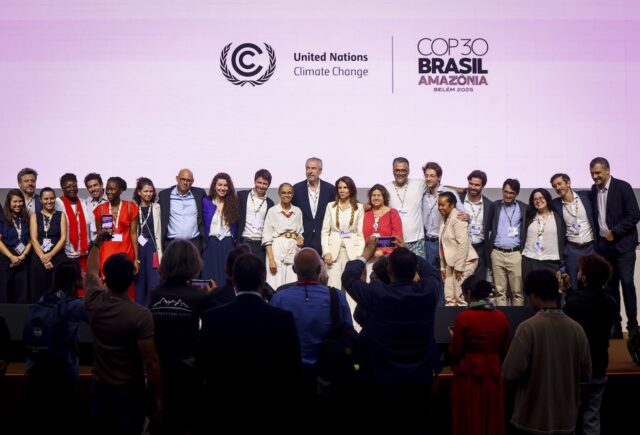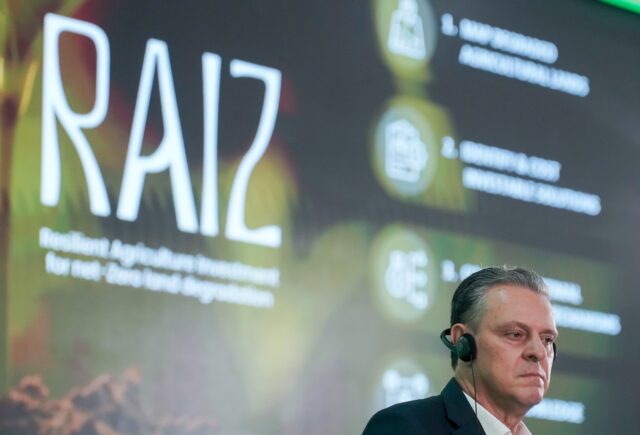This is the one book investors in Asia and Africa need to read. It is “wonderfully controversial”, says Christopher Walker, though it perhaps leaves the biggest controversy of all hanging in the air.

In brief
- Three data points tell you where any country is on its development path: the adult literacy rate, average electricity consumption, and the total fertility rate. History tells us these are vital for successful industrialisation.
- Forget griping about colonial legacies. The solutions to Africa and Asia’s problems lie in their own hands. Following the five key policies identified by the World Bank.
- But there is one controversy so frightening, even Robertson only hints at it. If the industrialisation of Asia and Africa is inevitable, this has existential implications.
Charlie Robertson is no “armchair economist”. He’s been out in the field. “Why is electricity so important? This is not a question you will hear often in Nigeria where I’ve had more than a few meetings in a hot stuffy dark office having climbed five flights of stairs in over 30 °C,” he writes.
And his “only advice to a Zimbabwean bar tender in 2018 was to put some of his savings in Livingstone, Zambia…(not the best advice it turned out, he would have done better burying dollars in his garden)”.
Robertson was one of the first economists to tell financial markets they should lend to Eastern Europe at interest rates that reflected eventual EU membership. But “what I didn’t realise then was that deeper underlying trends, explained in this book, were at play”.
This is his key thesis. There is a linear progression of all economies and societies which follows an identical path. When you land in a new country you should ask yourself not where you are, but when? Hence the book’s title.
Robertson explains that all we need to answer that question is three data points: the adult literacy rate, average electricity consumption, and the total fertility rate.
The development ‘trinity’
As Robertson says “few debate the education argument” that you need adult literacy “of 70–80% to industrialise and escape poverty”. At under 40% adult literacy, “you can’t sustainably grow”.
“This in itself is enough to explain the mess in Afghanistan or parts of the Sahel region in Africa,” write Robertson, “given the adult literacy rate, terrorism (at worst) and insecurity (at best) will emanate from these countries for at least the next decade.” The US shouldn’t have bombed Afghanistan, they “should have funded education”.
But literacy alone does not guarantee high per capita GDP, “even if it is an essential precondition to getting out of poverty”. Countries need electricity.
“If you have expensive, erratic electricity, your textile mill will not compete with cheap Chinese-made imports. If you have a barely literate workforce—with workers who expect to go home during the harvest season—you will struggle to compete. Bangladesh exports more textiles in a month than 14 African countries can export in a year, combined. Why? Because they have a literate workforce with cheap reliable electricity,” says Robertson.
Electricity, not transport infrastructure, should be the top priority for countries that have already reached 70% adult literacy rates. Along with a third key priority, lowering interest rates and the cost of investment, which he argues directly relates to fertility levels.
“When you have 5–6 children, you have no savings. Children are your savings. They are your unemployment benefit, your pension and your healthcare provision. You have no money left to put in the bank at the end of the month. You send the kids out to work rather than fund them at school until they’re 18. When the average family has no savings, bank deposits are small in your country, money is scarce but in high demand, so it becomes expensive. Interest rates are high. This ensures that investment is low, so few jobs are created.”
Controversial Implications
This book is wonderfully controversial, not least because it “requires many to give up on their belief systems about what is holding back lower-income countries. Colonialism, or neo-colonialism, can no longer independently explain away a country’s relative weakness”, `the author says, adding the solutions to the challenges in Africa or Asia today “can be home-grown”.
How? They should adopt a “beyond aid” mantra, and absorb the World Bank’s five themes. Import the knowledge of the rest of the world and exported what it wants; maintain macroeconomic stability; obtain high rates of saving and investment; let markets allocate resources; and ensure credible and capable government.
This last point is important as it help explain the exceptions to Robertson’s rules. Argentina has “a quite exceptional ability to periodically snatch defeat from the jaws of development success”. Zimbabwe is “the only true example of premature de-industrialisation”. Despite high literacy rates and good electricity supply it shows “bad leadership can mess up a country’s development.” Hence burying dollars in your garden.
Too frightening
But there is one controversy so frightening, even Robertson only hints at it.
India’s industrialisation “has massive implications for carbon emissions”. And if Africa’s 3 billion people in 2070 follow “the same industrialisation path …using fossil fuels [this] would blow global carbon emission goals out of the water. China shows [per capita emissions] …would rise 20–200 times higher with a full industrial take-off.”
Unless they can instead achieve remarkably green industrialisation, it could mean the extinction of our species. That is a question too hot to handle, even for Robertson.






